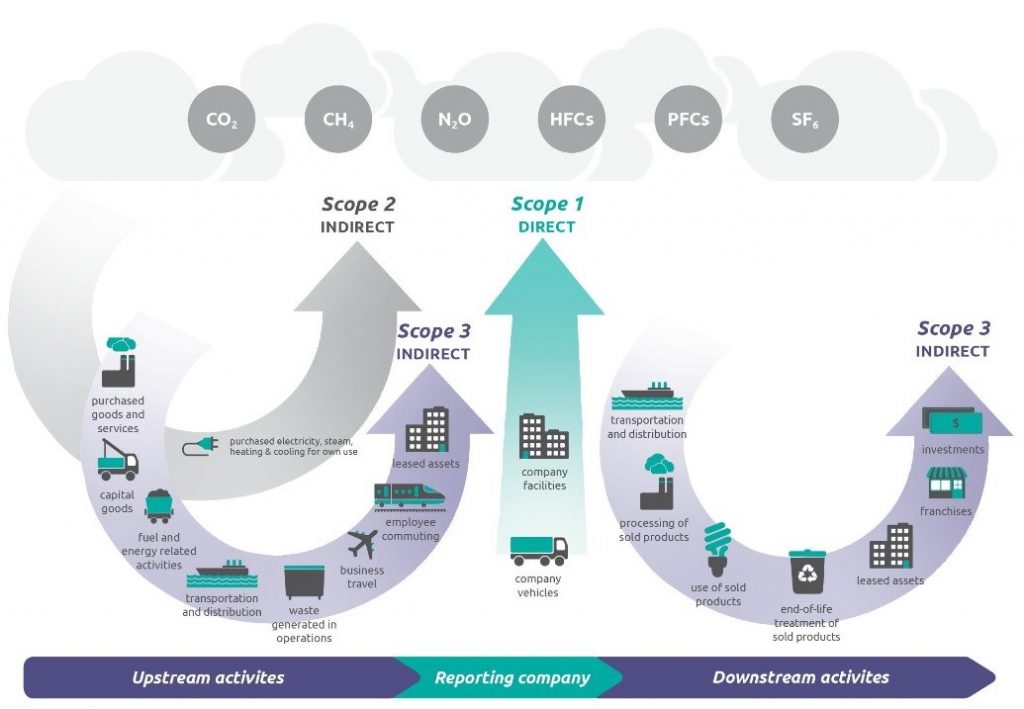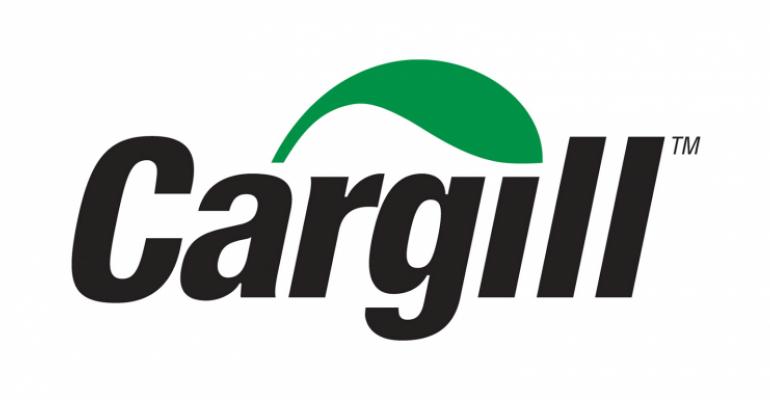According to the GHG Protocol Corporate Standard, a company’s GHG emissions can be categorized into three scopes. Scope 1 emissions are directly generated by a company’s owned or controlled sources, scope 2 emissions are indirectly made by the company but from its purchased energy, scope 3 emissions, containing all indirect emissions produced in the supply chain of the reporting company, consisting of both upstream and downstream emissions. Among all three scopes, scope 3 emission is not only the most significant carbon footprints contributor but also the hardest one to regulate and control.

Because scope 2 emissions are often out of companies’ direct control, overlap with those of numbers of partners in the supply chain, and present strains on collecting right data, they usually don’t hold themselves accountable for this type of emission, which is detrimental to the environment. However, these companies need to realize and learn how to innovate and collaborate with their upstream and downstream partners with a better value chain engagement, in which one company’s effort in trying to reduce emissions can benefit other companies and vice versa.
In class, we learned about CSV, where companies create economic value by creating social value. In my opinion, this concept should be widely introduced in the business world because a multitude of companies still have not realized the synergy created in reducing carbon emission could generate a much higher financial returns, i.e. global warming mitigation can improve soil health, therefore, increasing crop yields, which ultimately benefits the companies, the farmers and the public.
Many big corporates such as Cargill, L’Oréal, and PepsiCo have committed in the Value Change programme and promised to provide guidance and feedback in this value realignment movement. It’s a big challenge for all the businesses to adapt to zero carbon economy as most of them are fearful of the price tag associated with sustainable businesses; they need to think long-term, and maybe more intensive government incentives and more confidence from investors and consumers will help companies with this value transition.



Source:
Bradley Scheftner
February 1, 2019 — 9:18 pm
Hi,
What a great read! I am curious how you think governments and other large organizational bodies would find the means for enforcing such responsibilities onto companies? Specifically, do you think that companies would take responsibility for these far-reaching actions of their business? It is clear from your article it is currently happening, but what if companies don’t want to accept this burden of the damages their company has caused? I believe eventually companies will be held to certain standards of approval that consumers look for in their products and will have to eventually fix the damages they have caused, or suffer a dying business model.
Thanks.